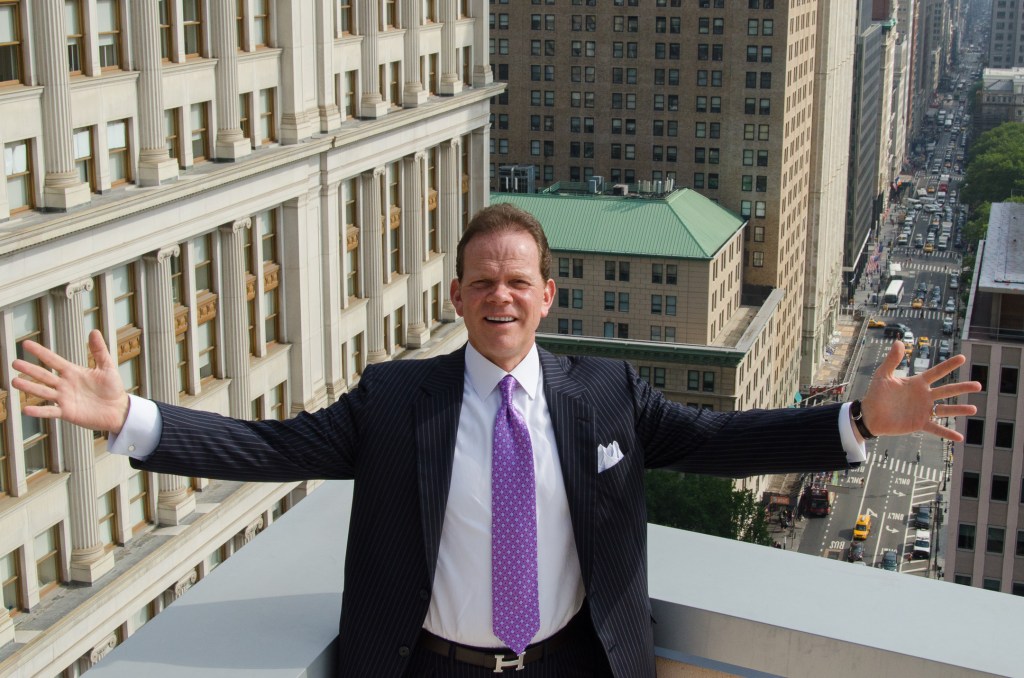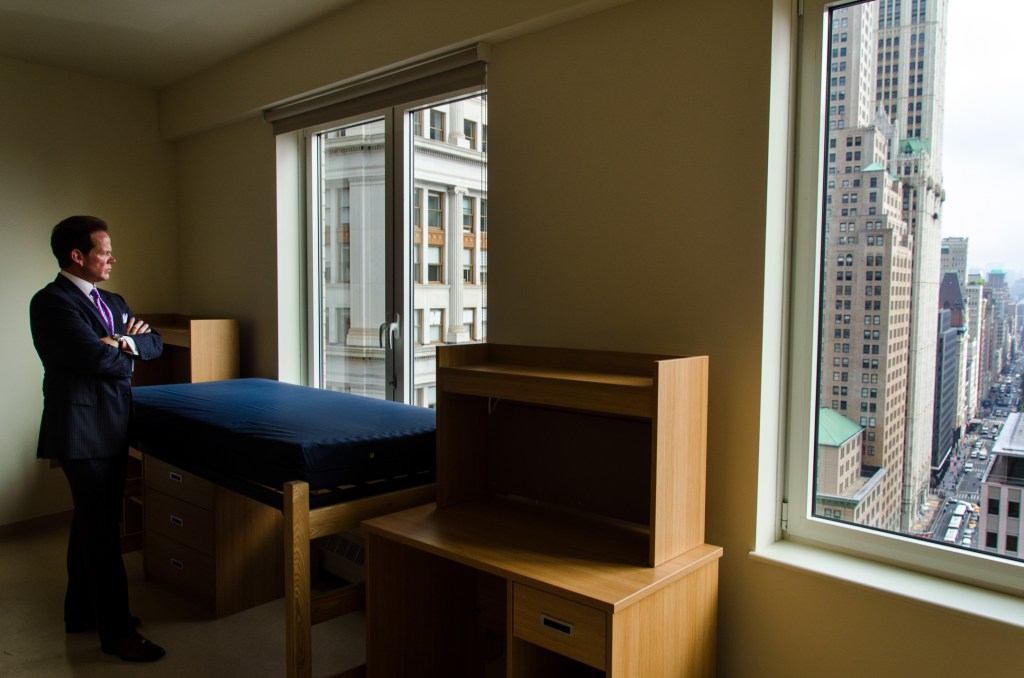SL Green’s Ed Piccinich on His Renewed Lease on Life
By Billy Gray July 23, 2013 10:00 am
reprints

Ed Piccinich was 90 feet away from the bomb that rocked the World Trade Center on February 26, 1993.
“Everyone who perished that day worked down the hall from me,” he said in a phone interview. “That day gave me my second lease on life.”
At the time, Mr. Piccinich, now 51 and the executive vice president of property management and construction at SL Green, worked for the Port Authority of New York and New Jersey. During the last four of his 10 years there, he managed the nearly 15-million-square-foot WTC site.
“It was like a bubble,” he said of the city within a city, which he focused on after helping manage the Port Authority’s sprawling network of bridges, tunnels and airport terminals.
Overseeing that mammoth agency’s holdings prepared Mr. Piccinich well for his role at SL Green, the real estate investment trust whose over-30-million-square-foot portfolio makes it New York’s largest commercial landlord. And while he’s witnessed several market bubbles during his time in real estate, Mr. Piccinich’s ascent has mostly coincided with the industry’s.
Take, for example, the evolution of lower Manhattan, a neighborhood that has served as Mr. Piccinich’s career crucible. Since he managed the WTC, the surrounding area has grown into an unlikely residential destination and an increasingly viable retail market, despite weathering two terror attacks and Superstorm Sandy.
“I’m intimately close to that process,” Mr. Piccinich said of the Financial District’s broadening appeal outside of the financial industry. One notable project he’s especially proud of below Canal Street is the partnership between SL Green and Pace University on 180 Broadway, a 220,000-square-foot, 600-bed dorm on the onetime commuter school’s Downtown campus.
The new tower rose from the site of “three dilapidated buildings,” and it grew, Mr. Piccinich said, despite “the typical pushback from neighbors who feared some monstrosity that would stick out like a sore thumb.” Instead, 180 Broadway will distract students from their exam cramming with views of 1 WTC and up Broadway.

Between that building and the nearby 33 Beekman Street, another SL Green-Pace project for a new 30-story dorm, Mr. Piccinich said the company is “creating 1,500 dreams” for the students who’ll live there.
This romantic take on real estate could be interpreted as a plug if it came from a broker. But Mr. Piccinich’s role demands a relationship with buildings that transcends mere dollars and cents.
As a property manager (who won the Real Estate Board of New York’s Executive of the Year Award in May), Mr. Piccinich describes his responsibilities as construction (be it development or redevelopment), operations and underwriting. Of course, financial concerns play key roles in all of those. But the job also concentrates on a real estate portfolio’s less glamorous domains.
“Our sweet spot is taking lobbies and transforming them into what we think is best for a given sector,” Mr. Piccinich said. “When it comes to infrastructure, we not only redesign windows and entrances, but also the back of the house, which people don’t look at until you put a building on the market. That’s the tough part—mechanical equipment, cooling towers. The guts of the building.”
A building’s guts are particularly vulnerable to decay, and one of Mr. Piccinich’s “big three” projects right now is the redevelopment of the Sandy-ravaged 180 Maiden Lane. That $125 million SL Green undertaking, done in conjunction with the Moinian Group—Mr. Piccinich calls partnerships SL Green’s “sweet spot”—is another in a long line of assignments that bond him to lower Manhattan.



